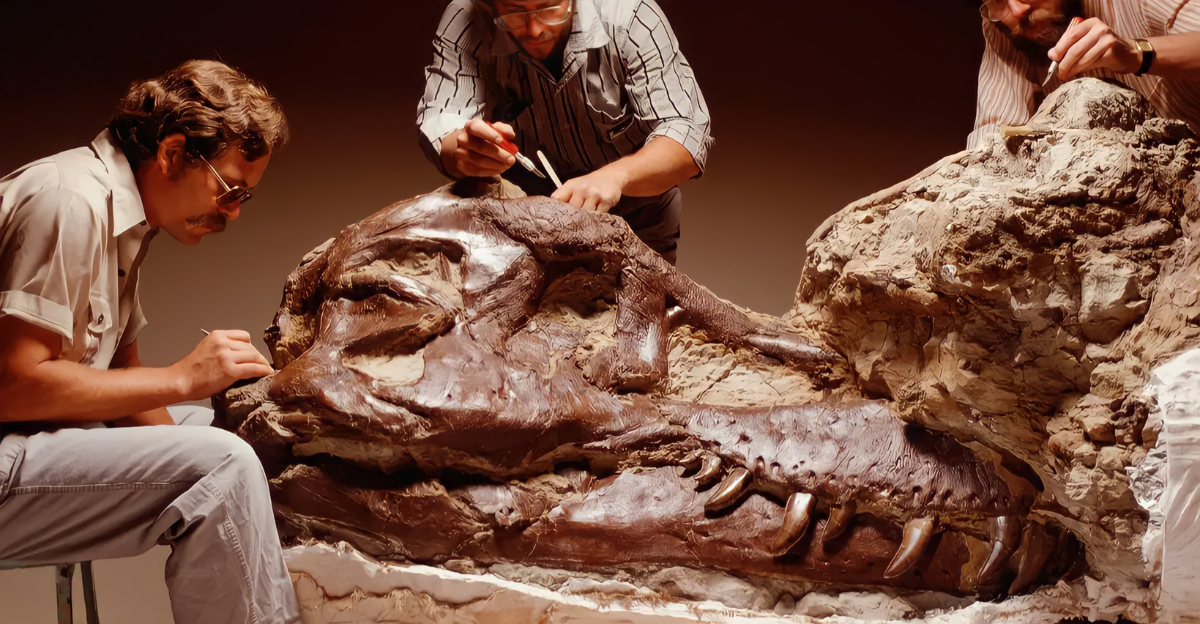
In a groundbreaking discovery, paleontologists have unearthed fossils of a massive, crocodile-like carnivore in the Caribbean, challenging long-held beliefs about the region’s prehistoric fauna. These fossils, identified as belonging to the sebecid family, reveal that these formidable predators roamed the Caribbean islands millions of years ago.
Sebecids, known for their elongated limbs and terrestrial adaptations, were previously considered confined to South America. The new findings, including teeth and vertebrae, suggest that these apex predators persisted in the Caribbean long after extinction elsewhere, providing insights into ancient migration patterns and island ecosystems.
The Sebecid Profile: Terrestrial Crocodile Relatives

Sebecids were a unique group of crocodyliforms that thrived during the Cenozoic era. Unlike their modern aquatic relatives, sebecids were fully terrestrial, boasting long legs and a body structure adapted for running. Their serrated teeth indicate a carnivorous diet, positioning them as dominant land predators.
The recent Caribbean fossils, dating between 29 and 18 million years ago, extend the known range of sebecids and suggest they survived in island refuges beyond their mainland extinction.
Unraveling the Mystery: From Teeth to Full Fossils
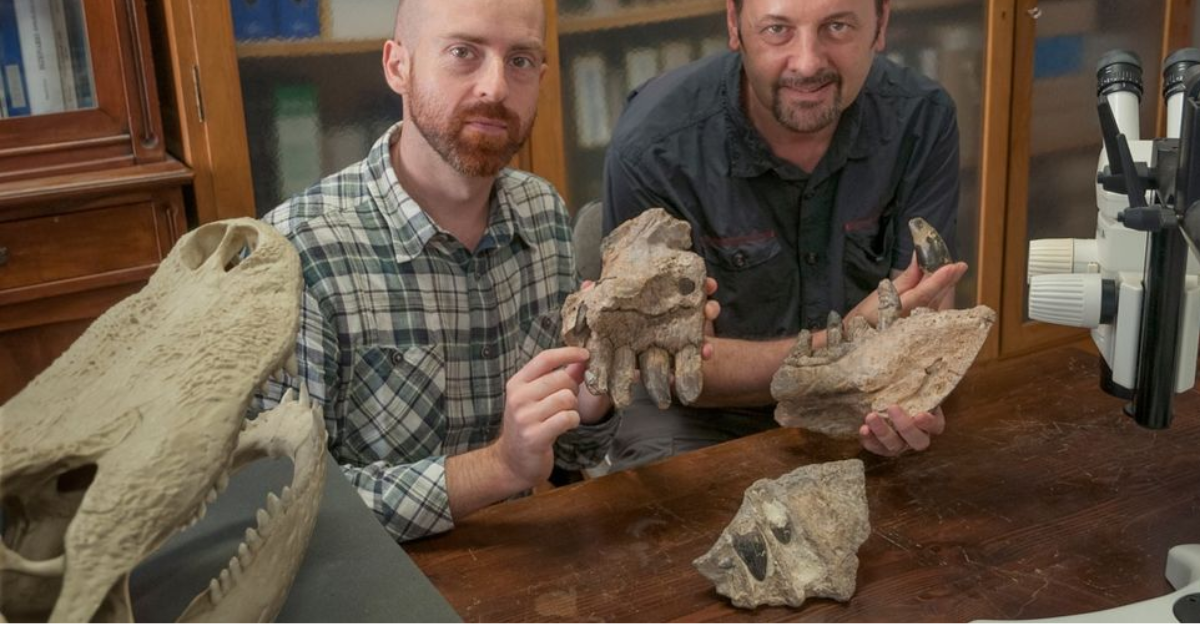
Identifying Caribbean sebecids began with isolated tooth discoveries in Cuba and Puerto Rico. These teeth, characterized by their unique shape and serrations, hinted at a large predator but lacked sufficient evidence for definitive classification.
The breakthrough came with the discovery of additional skeletal elements in the Dominican Republic, allowing scientists to confirm the presence of sebecids in the region and providing a clearer picture of their anatomy and ecological role.
Migration Theories: How Did Sebecids Reach the Caribbean?

The presence of sebecids in the Caribbean raises questions about their migration routes. One prevailing theory is the GAARlandia land bridge hypothesis, suggesting a temporary land connection between South America and the Greater Antilles during the Eocene-Oligocene transition.
This land bridge could have facilitated the dispersal of various terrestrial species, including sebecids, into the Caribbean islands. The timing and nature of this connection remain subjects of ongoing research.
Ecological Impact: Sebecids as Apex Predators
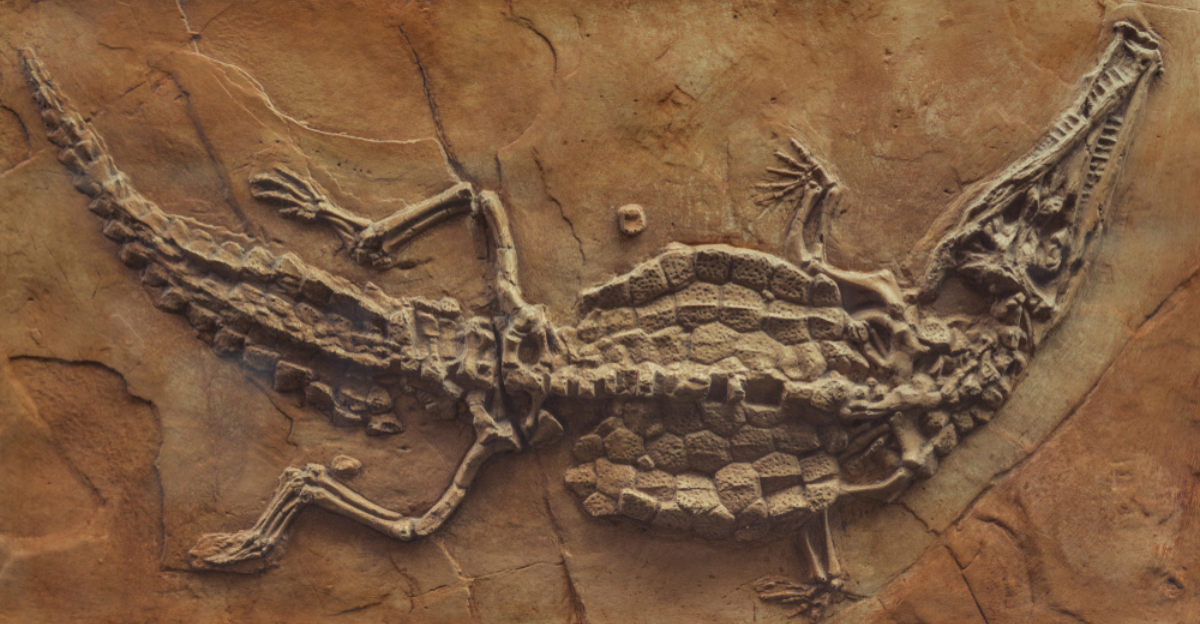
As top predators, sebecids would have played a crucial role in shaping the ecosystems of the Caribbean islands. Their presence suggests a complex food web with sufficient prey populations to support large carnivores.
Understanding the dynamics of these ancient ecosystems can provide insights into how island environments respond to the introduction or loss of apex predators, informing current conservation efforts.
Comparative Anatomy: Sebecids vs. Modern Crocodilians

Sebecids differ significantly from modern crocodilians. While today’s crocodiles are primarily aquatic with sprawling postures, sebecids were fully terrestrial with erect limbs, allowing for efficient land movement.
Their skulls were deep and narrow, with blade-like teeth suited for slicing flesh, contrasting with the conical teeth of modern crocs, designed for gripping. These anatomical differences highlight the diverse evolutionary paths within the crocodyliform lineage.
Preservation Challenges: Fossilization in Tropical Environments
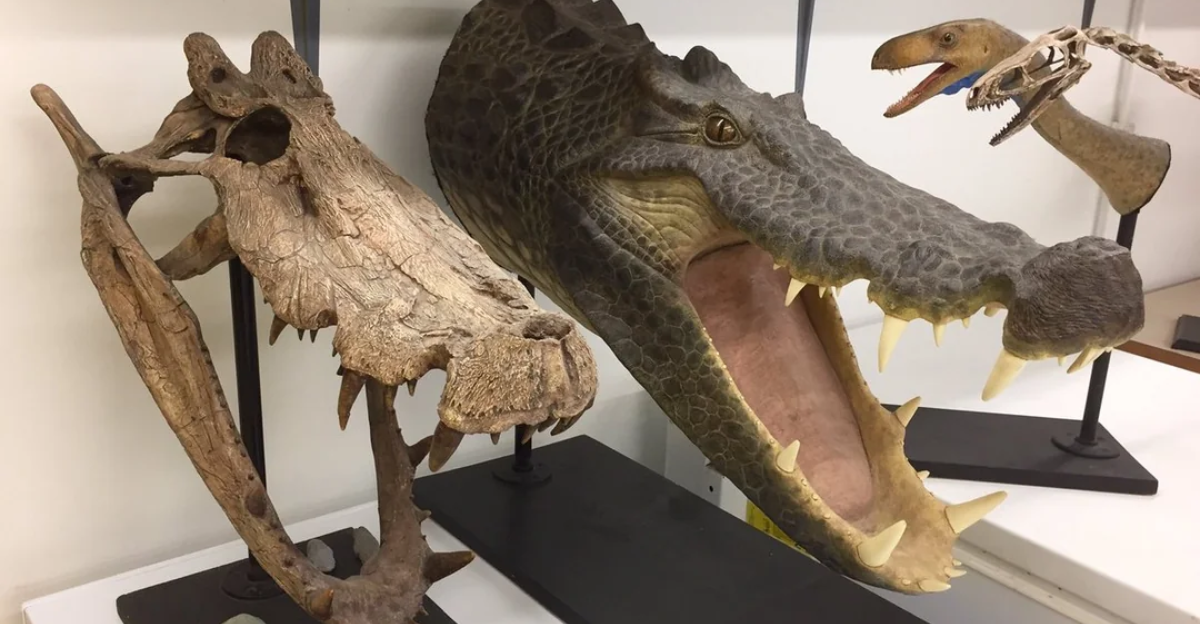
The discovery of sebecid fossils in the Caribbean is particularly remarkable given the region’s challenging conditions for fossil preservation. With their high humidity and acidic soils, tropical climates often lead to rapid decomposition and limited fossilization.
The fossils were found where construction activities exposed sedimentary layers, underscoring the importance of vigilant monitoring during land development for potential paleontological finds.
Broader Implications: Revising Caribbean Paleobiogeography
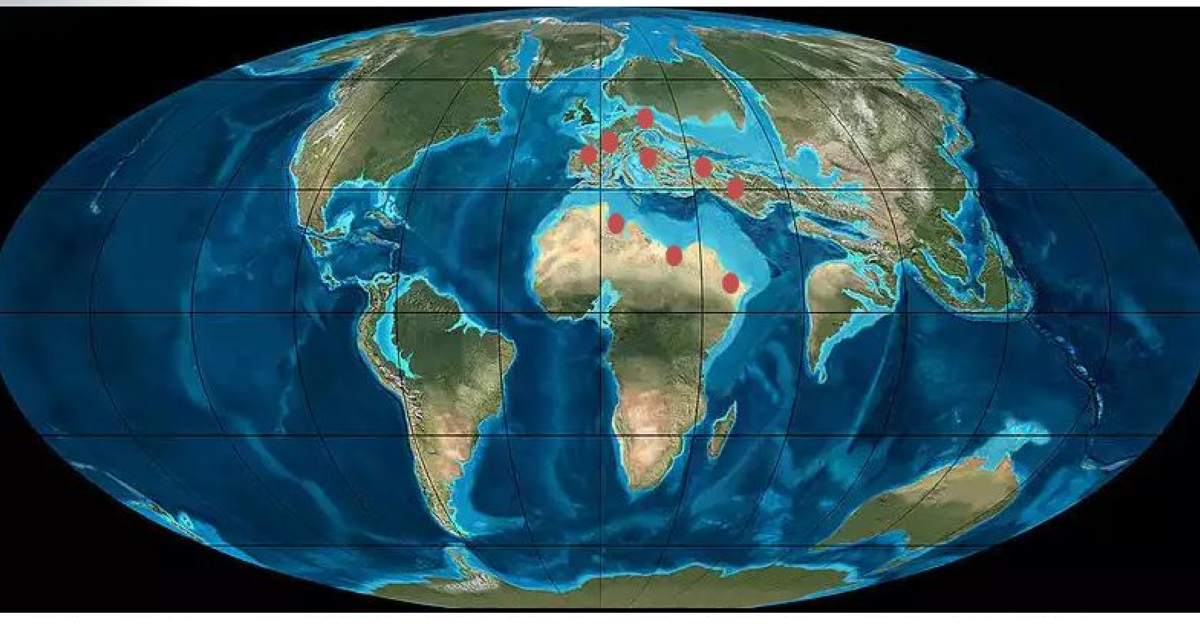
The identification of sebecids in the Caribbean necessitates a reevaluation of the region’s paleobiogeography. It suggests that the islands supported more diverse and complex terrestrial ecosystems than previously recognized.
This discovery may prompt further investigations into other large vertebrates that could have inhabited the Caribbean, potentially uncovering additional species that have yet to be documented.
Future Research Directions: Exploring the Fossil Record
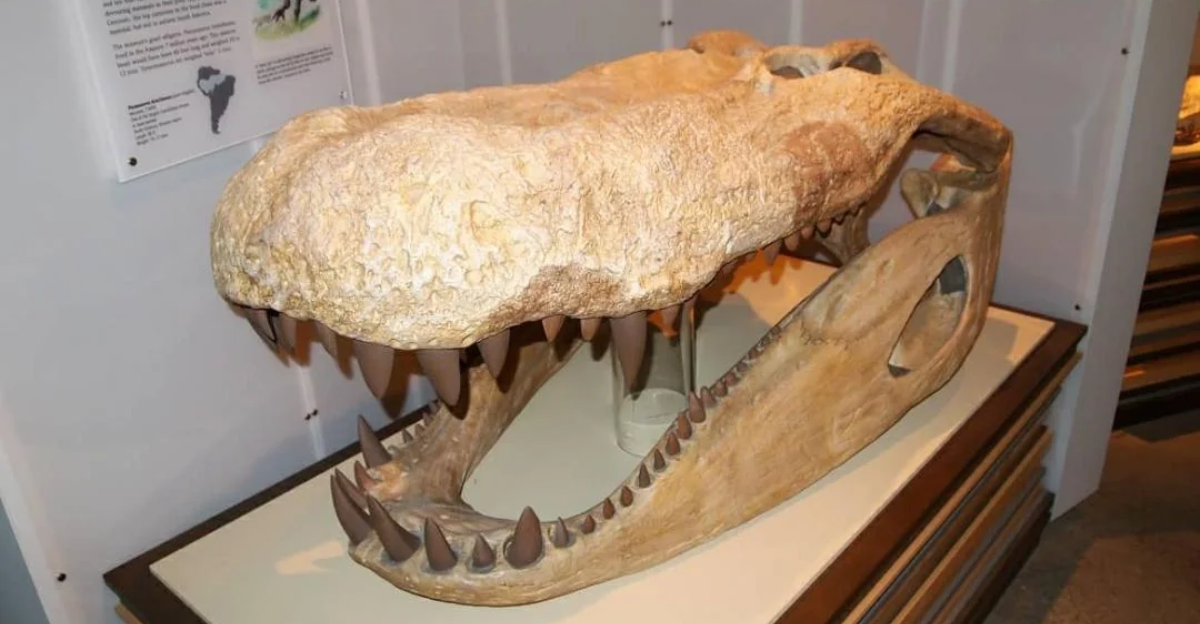
The sebecid discovery opens new avenues for paleontological research in the Caribbean. Future studies may focus on locating more complete skeletons, analyzing isotopic compositions to infer diets and habitats, and employing advanced imaging techniques to reconstruct the morphology and behavior of these ancient predators.
Collaborative efforts between local and international researchers will be key to advancing our understanding of the region’s prehistoric life.
Public Engagement: Sharing the Story of Sebecids
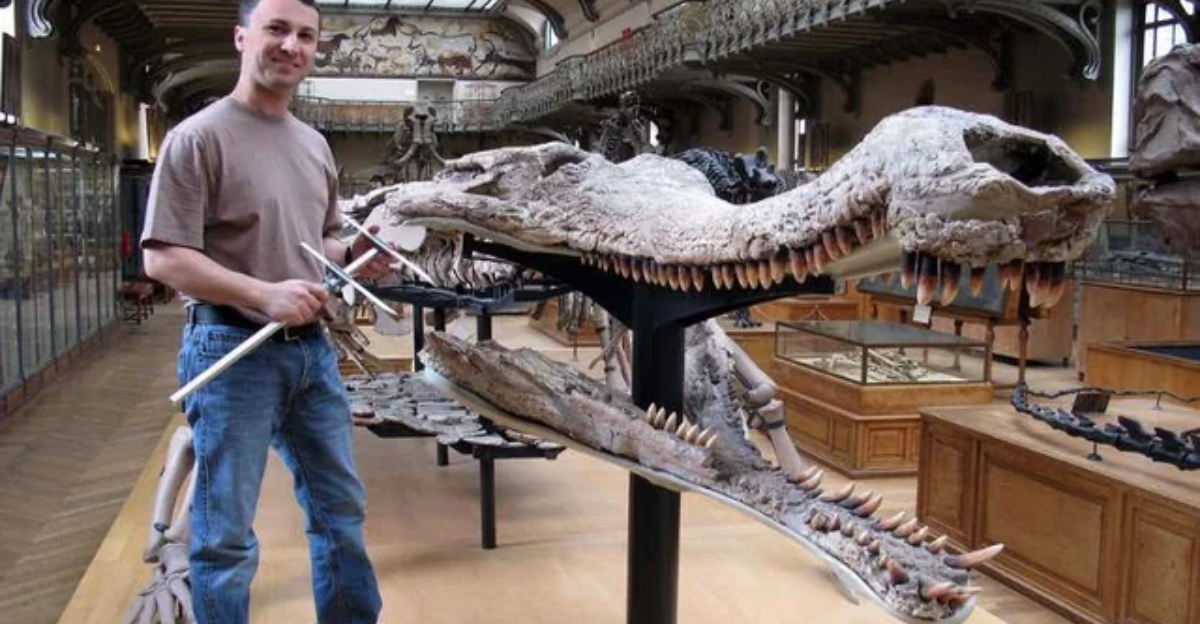
Communicating the significance of the sebecid discovery to the public is essential for fostering appreciation of paleontology and the natural history of the Caribbean.
Museums, educational programs, and media coverage can play pivotal roles in disseminating information about these ancient predators, inspiring interest in science and conservation among diverse audiences. We can underscore the importance of preserving our planet’s rich geological and biological heritage by highlighting such discoveries.
Explore more of our trending stories and hit Follow to keep them coming to your feed!

Don’t miss out on more stories like this! Hit the Follow button at the top of this article to stay updated with the latest news. Share your thoughts in the comments—we’d love to hear from you!







